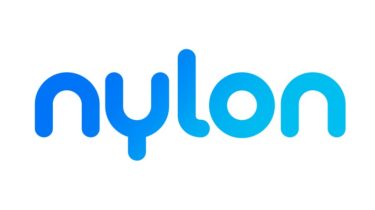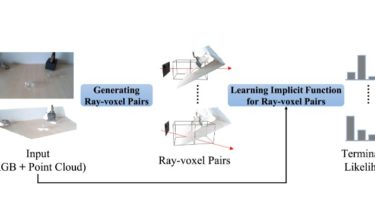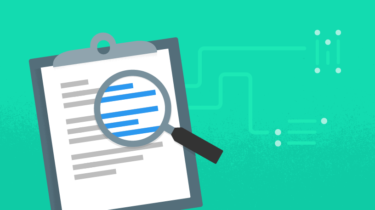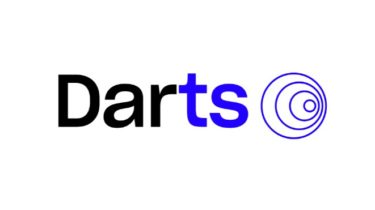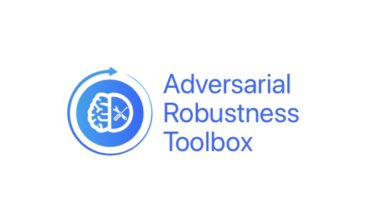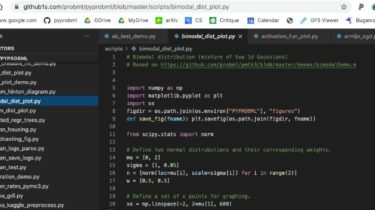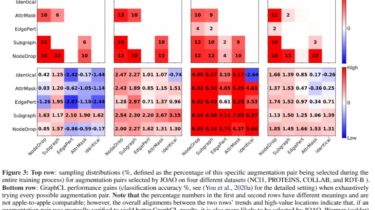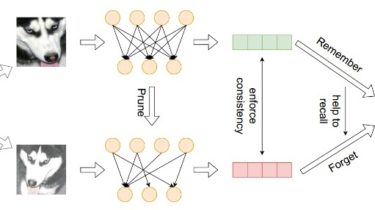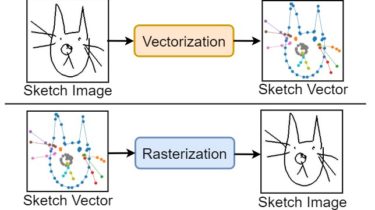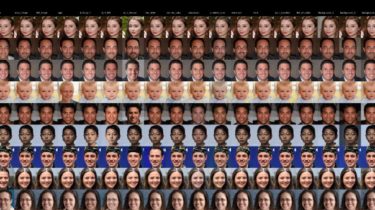A python library that lets you customize automated machine learning
nylon An intelligent, flexible grammar of machine learning. Nylon is a python library that lets you customize automated machine learning workflows through a concise, JSON syntax. It provides a built in grammar, in which you can access different operations in ML with the english language. Installation Install latest release version: pip install -U nylon-ai Install directory from github: git clone https://github.com/Palashio/nylon.git cd nylon-ai pip install . Usage: the basics A new Polymer object should be created everytime you’re working with […]
Read more